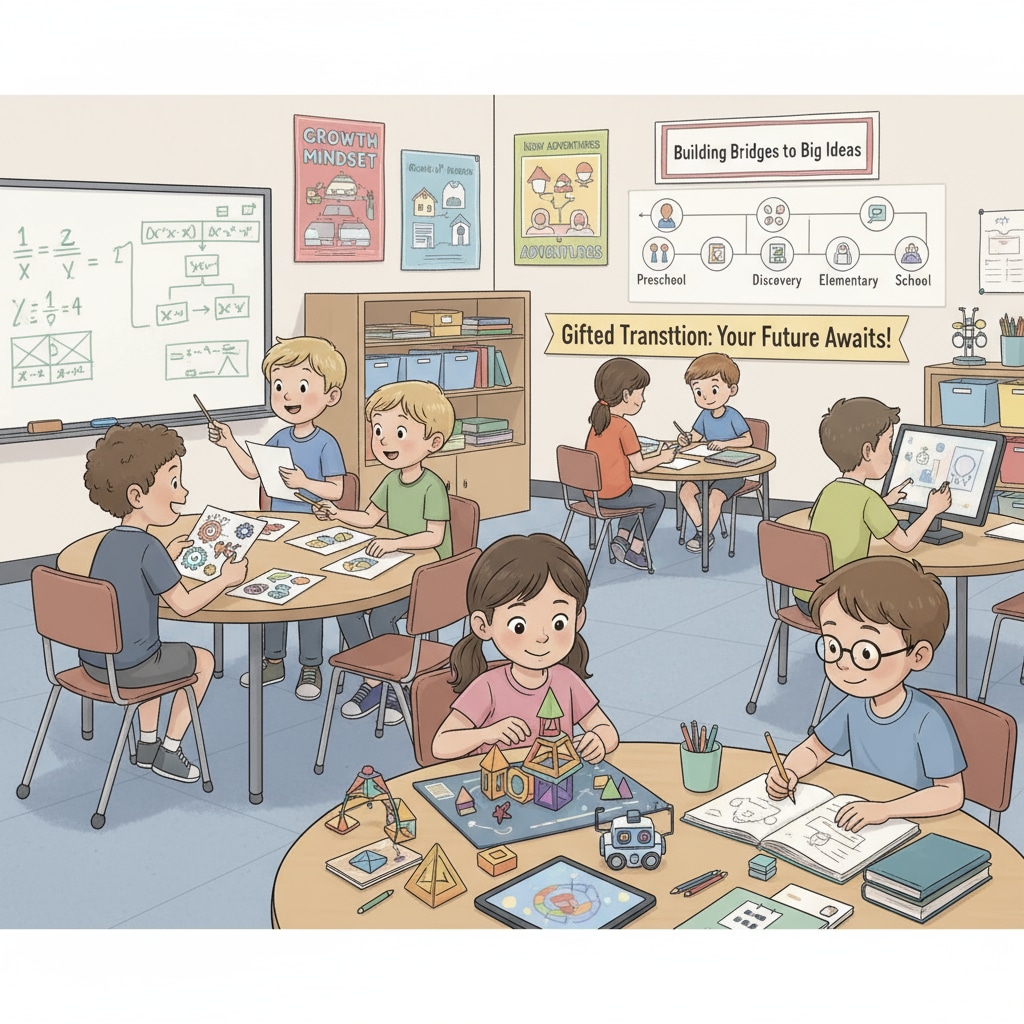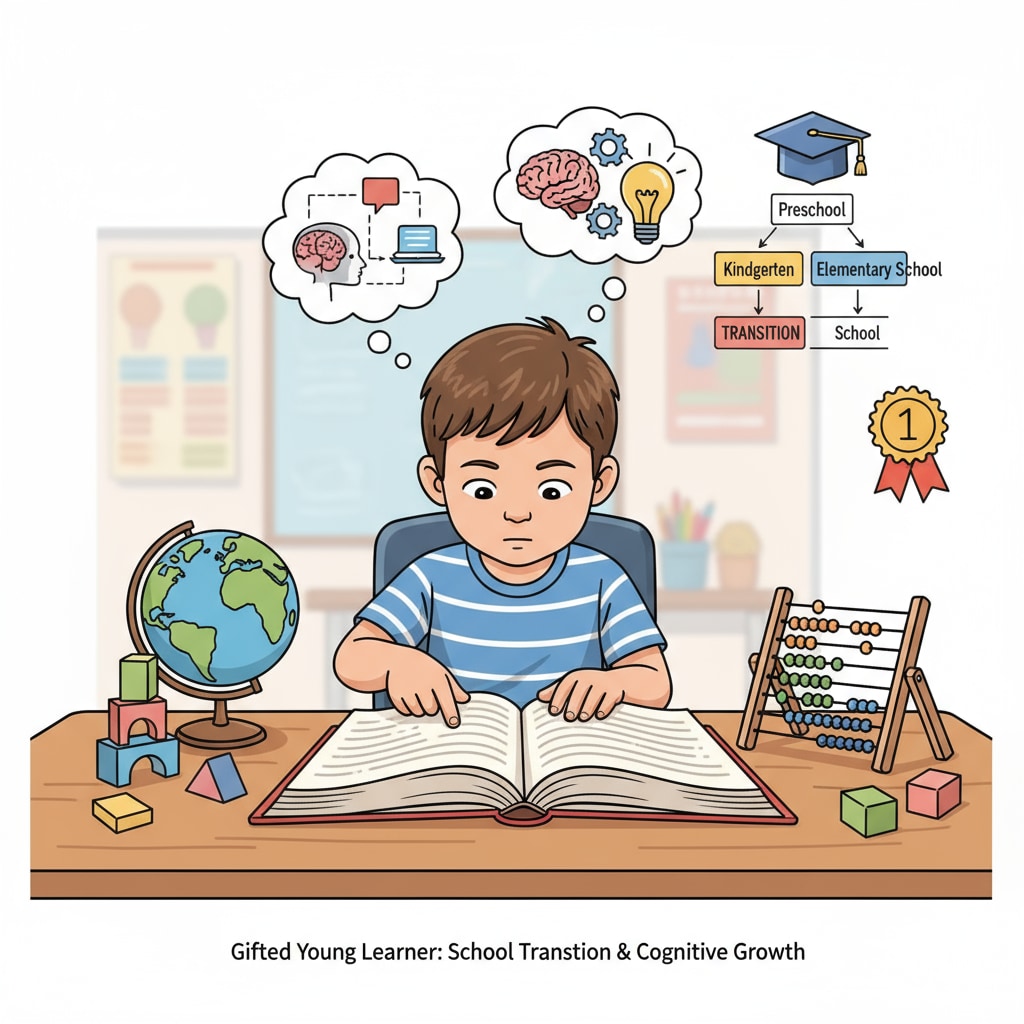Gifted young children, especially those with dual exceptionality, often face challenges when transitioning from Montessori schools to public schools. This transition involves a significant shift in educational environments, teaching methods, and social structures.

As parents and educators, it’s crucial to understand the strategies that can help these children navigate this change smoothly.
Understanding the Unique Needs of Gifted Young Children
Gifted young children possess advanced cognitive abilities. However, those with dual exceptionality might have additional learning or behavioral challenges. For example, a child could be highly intelligent but also have attention – deficit/hyperactivity disorder (ADHD). Understanding these needs is the first step in ensuring a successful transition. According to American Psychological Association’s research on gifted children, these children require tailored support to thrive in new educational settings.

Preparing for the Environment Change
The environment in Montessori schools is typically more open and self – directed, while public schools have a more structured setup. To help children adapt, parents can start by visiting the public school in advance. Show the child the classrooms, libraries, and playgrounds. In addition, talk to the teachers about the daily schedule and rules. This way, the child can get a sense of what to expect. As a result, the transition will be less overwhelming.
Adjusting Learning Habits
In Montessori schools, children often have more freedom in choosing what to learn. In public schools, there is a set curriculum. Parents should work with their children to develop study skills like time management and note – taking. For example, create a study schedule at home to help the child get used to the structured learning routine. Education.com provides useful resources on helping gifted children learn.
Readability guidance: We have used short paragraphs and provided lists to summarize key points. For each H2, we’ve included relevant information in a clear and concise manner. We’ve also controlled the proportion of passive voice and long sentences, and added transition words throughout the article to enhance readability.


